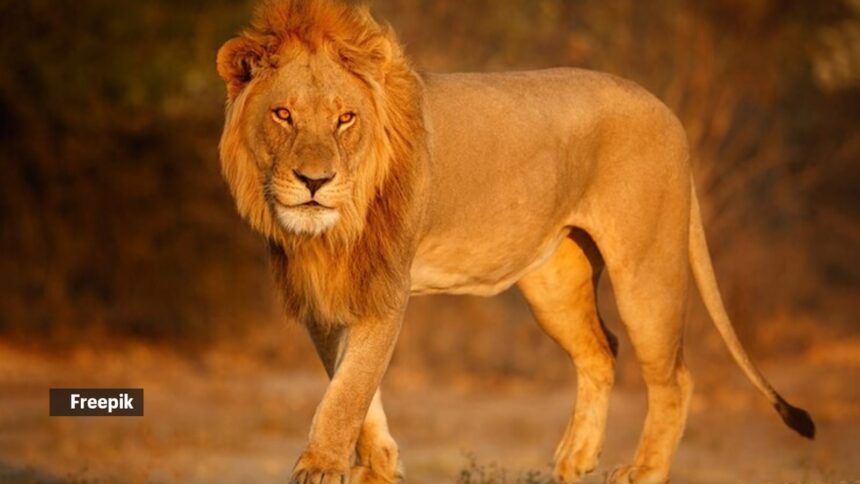India’s rich biodiversity is, undoubtedly, one of its greatest natural treasures. From majestic big cats to elusive amphibians, the country is home to an array of , some of which exist nowhere else on Earth. Here are 10 extraordinary species found only in India, and where you can spot them:
Gir National Park in Gujarat is home to Asiatic Lions. Different from their African counterparts, these big cats come with a larger tuft tail, folded skin on the abdomen and thinner curls on their head.
Found only in Manipur’s Keibul Lamjao National Park, they are also known as “dancing deers” owing to their habit of jumping through floating grassland habitats (phumdi).
Also known as Nilgir Sholakilis, this stunning songbird is found in Shola forests of the Western Ghats and the hills of Southern India. It boasts of bright blue plumage, white belly feathers, and a black tail with an orange tip.
Spotted in Dachigam National Park in Kashmir and sometimes in the northern Chamba district of Himachal Pradesh, this subspecies of red deer is also known as Hangul.
A visit to Manas National Park of Assam will get you closer to the world’s smallest and rarest wild pig. With a population less than 250, these creatures thrive in wet grasslands and are capable of building their own homes with a roof from scratch.
Also known as Nilgir Sholakilis, this stunning songbird found in Shola forests of the Western Ghats and the hills of Southern India, boasts of bright blue plumage, white belly feathers, and a black tail with an orange tip.
With a population of 3750 today, they are found in parts of Uttar Pradesh, West Bengal, and Bihar.
This animal features a dark coat and sturdy build, thriving in dense forests of the Andaman Islands. Having adapted to the island life, it sustains itself on roots, fruits and small invertebrates found in the tropical region.
The Purple Frog has a bloated body, small head, and pointed snout. What makes it stand out from the rest is its retro purple hue. A resident of the Western Ghats, this amphibian spends most of its life underground, surfacing only for a few days during monsoon to breed.
Native to the Nicobar Islands, this ground-dwelling bird is known for its unique nesting behaviour. Instead of incubating eggs with body heat, it buries them in warm sand or decomposing vegetation to hatch.








